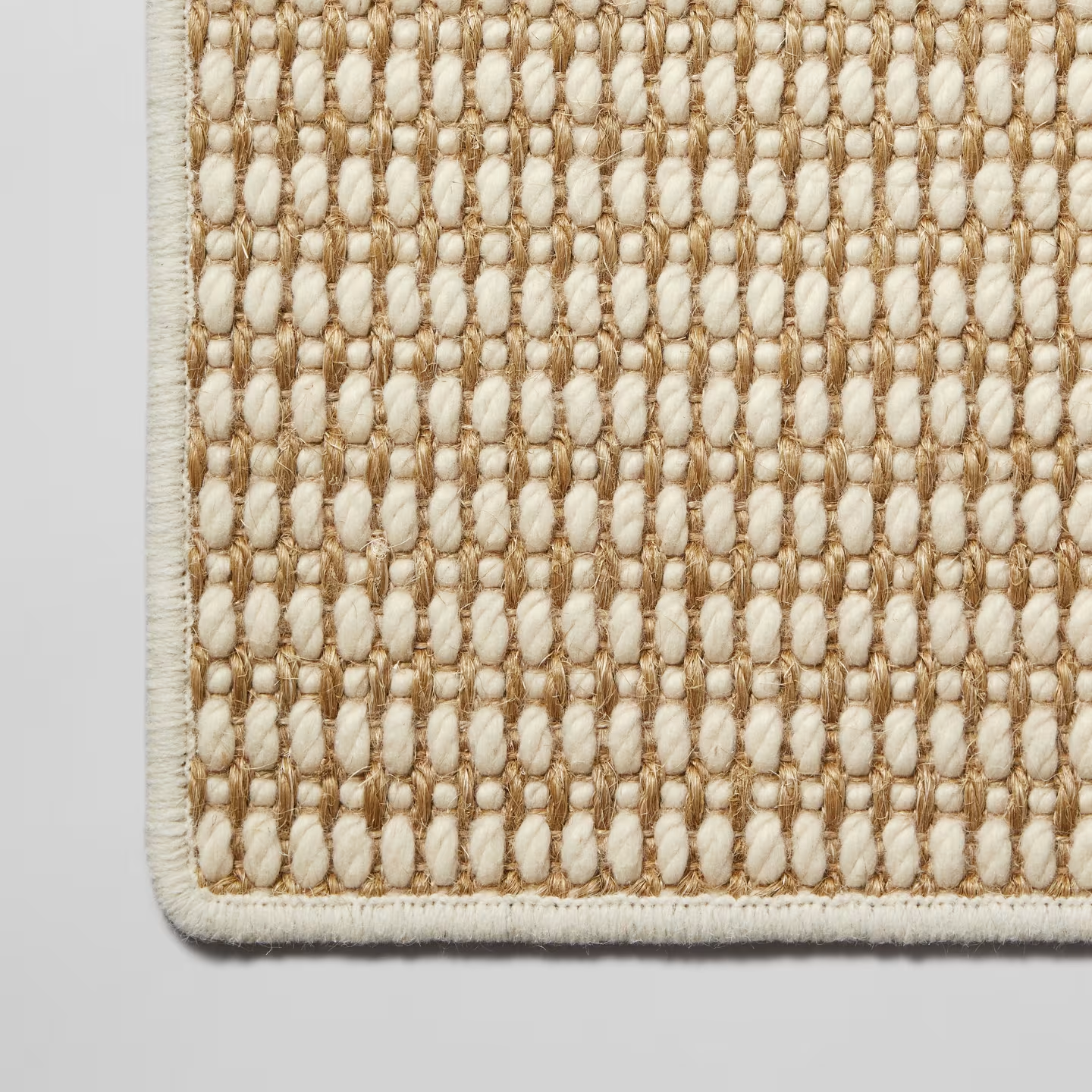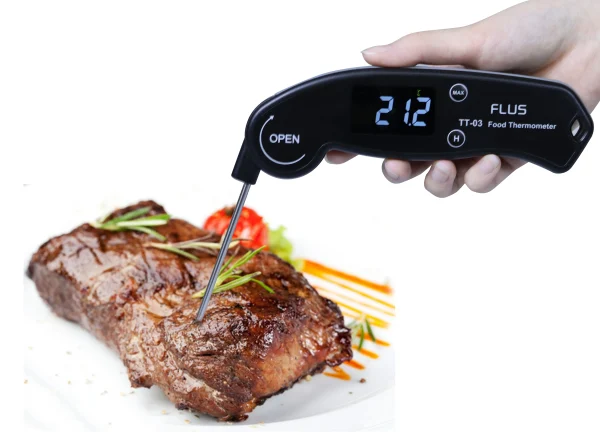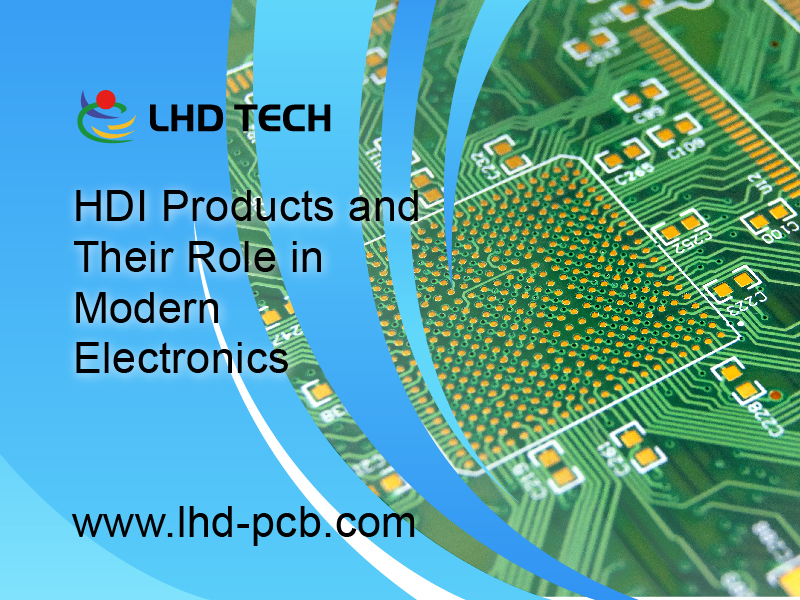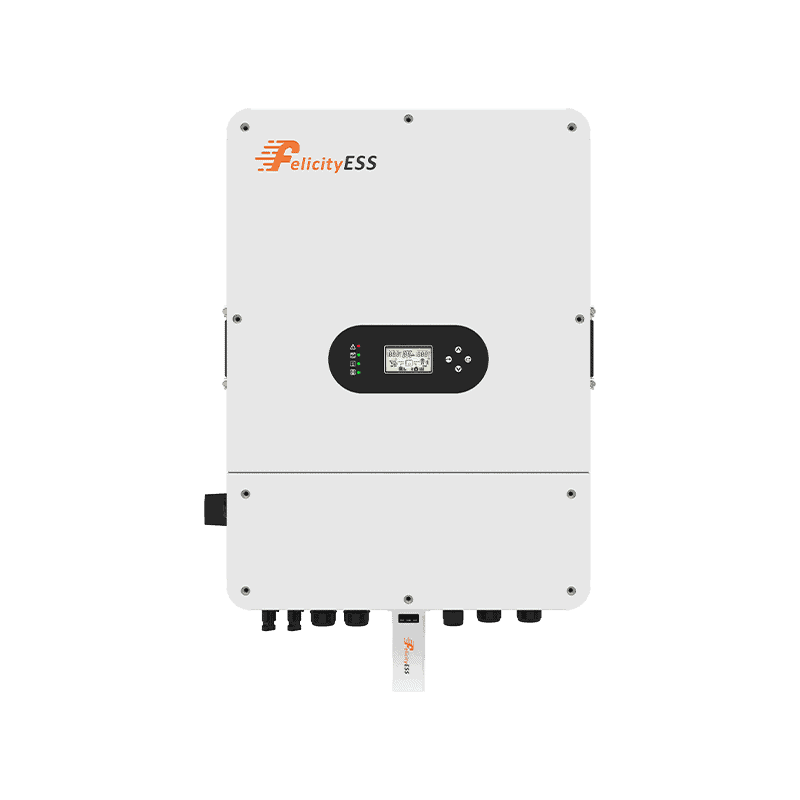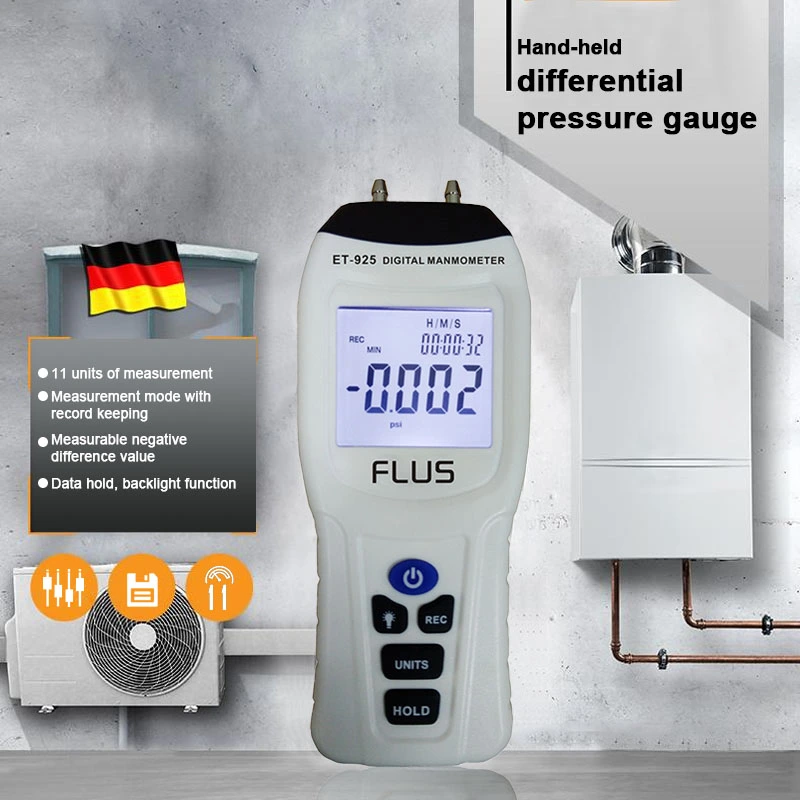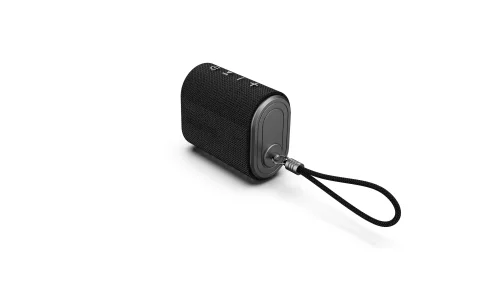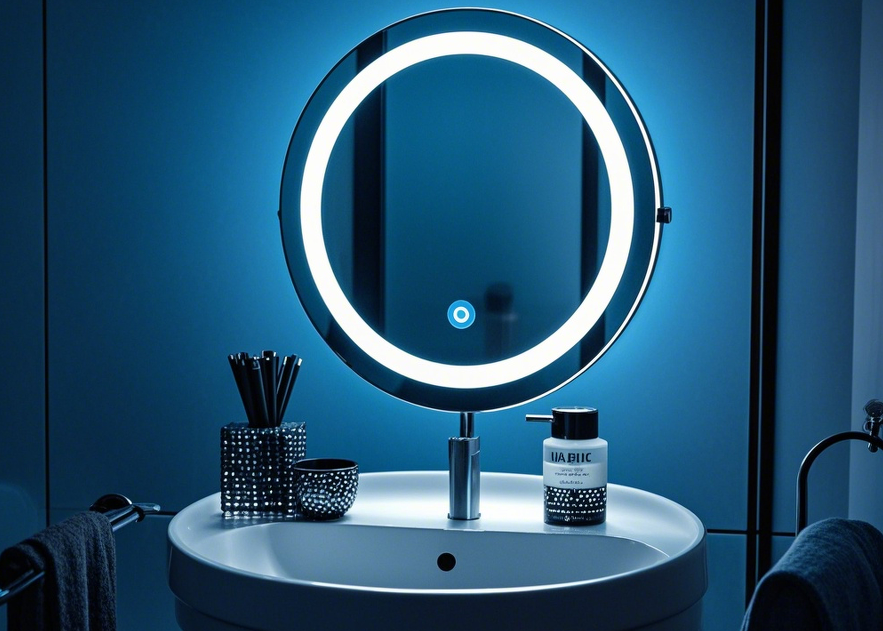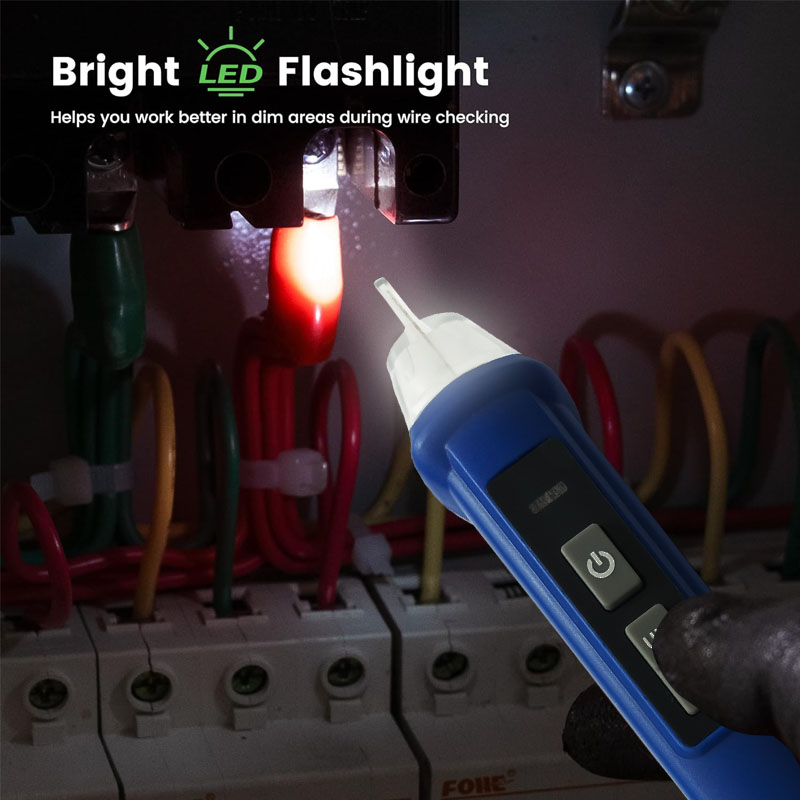目录
An essential part of electrical systems, a three-phase inverter transforms direct current (DC) into alternating current (AC) in three phases. It is necessary for applications that need balanced and efficient AC power, especially in sectors where equipment such as motor drives and renewable energy sources depend on constant AC power.
It is becoming increasingly critical for energy conversion and system management because of its role in the current movement toward cleaner energy and more competent industrial solutions.
Definition of a 3-Phase Inverter
A 3-phase inverter is an electronic device that converts DC power into three-phase AC power. The three phases are typically separated by 120 degrees, guaranteeing a consistent power supply to 3-phase equipment, which is vital for industrial motors and various energy systems. A 3-phase inverter is the best choice for high-power applications since it has a higher power density and a smoother operation than a single-phase inverter, which only converts DC into single-phase AC.
Importance in Converting DC to AC Power
Three-phase inverters are primarily used to transform DC power—which is frequently obtained from batteries or renewable energy sources—into AC power that can be distributed and used by motors and other AC-driven devices.
AC power is more easily transmitted over long distances with less loss, making converting from DC to AC essential for efficiently powering large systems. This is particularly important in solar photovoltaic (PV) and wind energy systems, where the DC output needs to be transformed into usable AC.
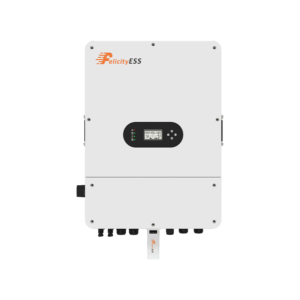
Overview of Applications in Renewable Energy, Industrial Systems, and Motor Drives
3-phase inverters are widely used across multiple fields. In renewable energy, they convert DC from solar panels or wind turbines into grid-compatible AC. In industrial systems, 3-phase inverters power variable frequency drives (VFDs), which regulate motor speeds and energy consumption. They are also essential for electric vehicle motor drives, which improve energy efficiency and provide precise control over motor operations.
Working Principle
Electronic switches are used by a three-phase inverter to produce alternating current in three distinct phases and generate alternating voltages at regular intervals. It employs three separate switches, one for each phase, that are timed and synced at 60-degree intervals. A balanced three-phase output is produced by this switching sequence.
The inverter generates its output waveform by modulating the time and amplitude of these switches, and the wave is often sinusoidal. Timing is crucial for 3-phase inverters, like motors or large industrial systems. To guarantee the proper phase shift between each output. It also makes operating efficient and seamless.
Types of 3-Phase Inverters
- Bridge Inverters
One of the most widely used three-phase inverters is the bridge inverter. They comprise several bridge-shaped switches that regulate the current going to each phase. Depending on how long each switch is left on, bridge inverters can function in either a 120-degree or 180-degree conduction mode.
Each switch conducts for 120 degrees of the waveform cycle while in the 120-degree mode, and 180 degrees when in the 180-degree mode. The differences between these modes impact power production and efficiency. - Pulse Width Modulated (PWM) Inverters
PWM is a control technique, and we used this technique in 3-phase inverters to improve the quality of the output waveform. By varying the width of the pulses, PWM inverters can create output waves.
These output waves closely resemble an ideal sinusoidal AC waveform. They reduce harmonic distortion and can also prove helpful in improving overall efficiency. PWM allows for finer control over the voltage and frequency of the AC output. This is essential in applications such as motor speed control and renewable energy systems.
Circuit Design and Components
The main parts of a three-phase inverter circuit are control systems;
- Like microcontrollers
- Feedback loops for output monitoring
- Power switches like thyristors or transistors
The switches are positioned in a bridge configuration to control current flow across the three phases. Microcontrollers manage the timing and synchronization of the switches, ensuring proper phase shifts and wave generation.
Key Components Involved
- Thyristors and Transistors:
Main switching elements are used to control the flow of electricity through each phase, and modern inverters often operate insulated-gate bipolar transistors (IGBTs). It happens due to their high efficiency and switching speeds. - Control Systems:
Digital signal processors (DSPs) handle the timing and switching patterns, and these systems guarantee precise control and also allow the inverter to produce clean, regulated AC power. - Phase Balancing and Load Distribution:
Balance among the 3-phases is essential to avoid overloading one phase, which can lead to inefficiency or damage to equipment.
Benefits of Three-Phase Inverters
- More Effective Than Single-Phase Inverters
Three-phase inverters have a higher power conversion efficiency since they divide power evenly among three phases. They are the preferred option for demanding industrial applications because they reduce losses and increase overall energy efficiency. - Reduced Harmonic Distortion and Improved Power Quality
By splitting the electrical load among three phases, 3-phase inverters reduce harmonic distortion and improve power quality. The system lasts longer thanks to smoother motor action and less wear and tear on electrical equipment. - Capacity to Send More Power Over Extended Distances
Long-distance power transmission is more efficient with three-phase systems. They are ideal for large-scale applications like grid systems and renewable energy installations since they lose less power.
Disadvantages of 3-Phase Inverters
- Higher Complexity and Cost in Design and Installation
Due to their complexity, 3-phase inverters are more costly to design and install than single-phase systems. The need for additional components, such as extra switches and control systems, adds to the initial cost and the technical requirements for implementation. - Size and Weight Considerations for Certain Applications
Due to their complexity, 3-phase inverters tend to be larger and heavier than their single-phase counterparts. This disadvantage can be a disadvantage in applications where space and weight are critical concerns, such as electric vehicles. - Potential for Electromagnetic Interference (EMI)
High-frequency switching in 3-phase inverters can generate electromagnetic interference, which may affect nearby electronic devices. EMI shielding or filters may be necessary to mitigate these effects, further adding to the system’s intricacy and cost.
Three-phase inverters have the drawback of being more complicated and expensive to design and install. 3 phase inverters are more expensive to design and install than single-phase systems because of their complexity. The initial cost and technical requirements for implementation are increased when extra parts are required, such as additional switches and control systems.
Considerations for Size and Weight in Specific Applications
3-phase inverters are typically heavier and bulkier than their single-phase equivalents due to their complexity. In applications like electric automobiles, where weight and space are crucial considerations, this drawback may be detrimental.
- Electromagnetic interference potential
Electromagnetic interference produced by high-frequency switching in 3-phase inverters may have an impact on adjacent electronic devices. - Applications in the Industrial Sector
Variable frequency drives (VFDs), which control the speed of motors and other large machinery in industrial settings, depend on 3-phase inverters for power. They are essential in sectors like manufacturing and processing that have sizable motor-driven systems because they help lower energy usage by regulating motor speed. - Systems for Renewable Energy
3-phase inverters are used in renewable energy to transform DC power from wind turbines or solar PV panels into AC power for grid integration. They are perfect for these applications because of their smoother AC output and capacity to manage larger power levels. - Additional Uses
Additionally, they operate pumps in agricultural irrigation systems, improve energy economy, regulate motor drives in electric vehicles, and enable regenerative braking.
Conclusion
Due to their ability to effectively convert DC to AC power, enhance power quality, and manage higher loads, 3-phase inverters are becoming more and more necessary in contemporary electrical systems. They are an essential part of energy systems in the future, although they have some complexities and advantages in industrial applications and renewable energy. As new materials and control methods are developed, 3-phase inverters‘ efficiency and dependability will improve.
0